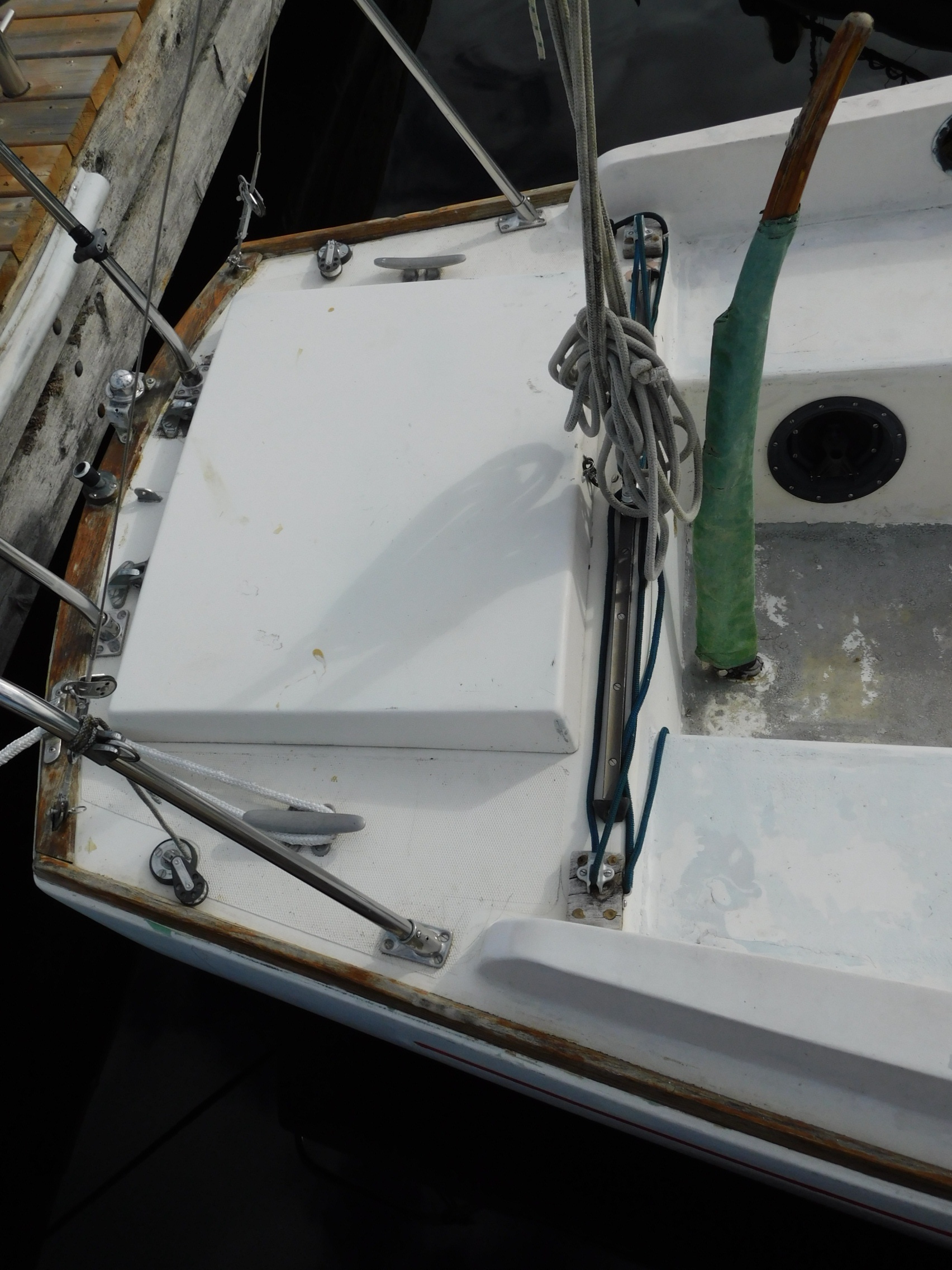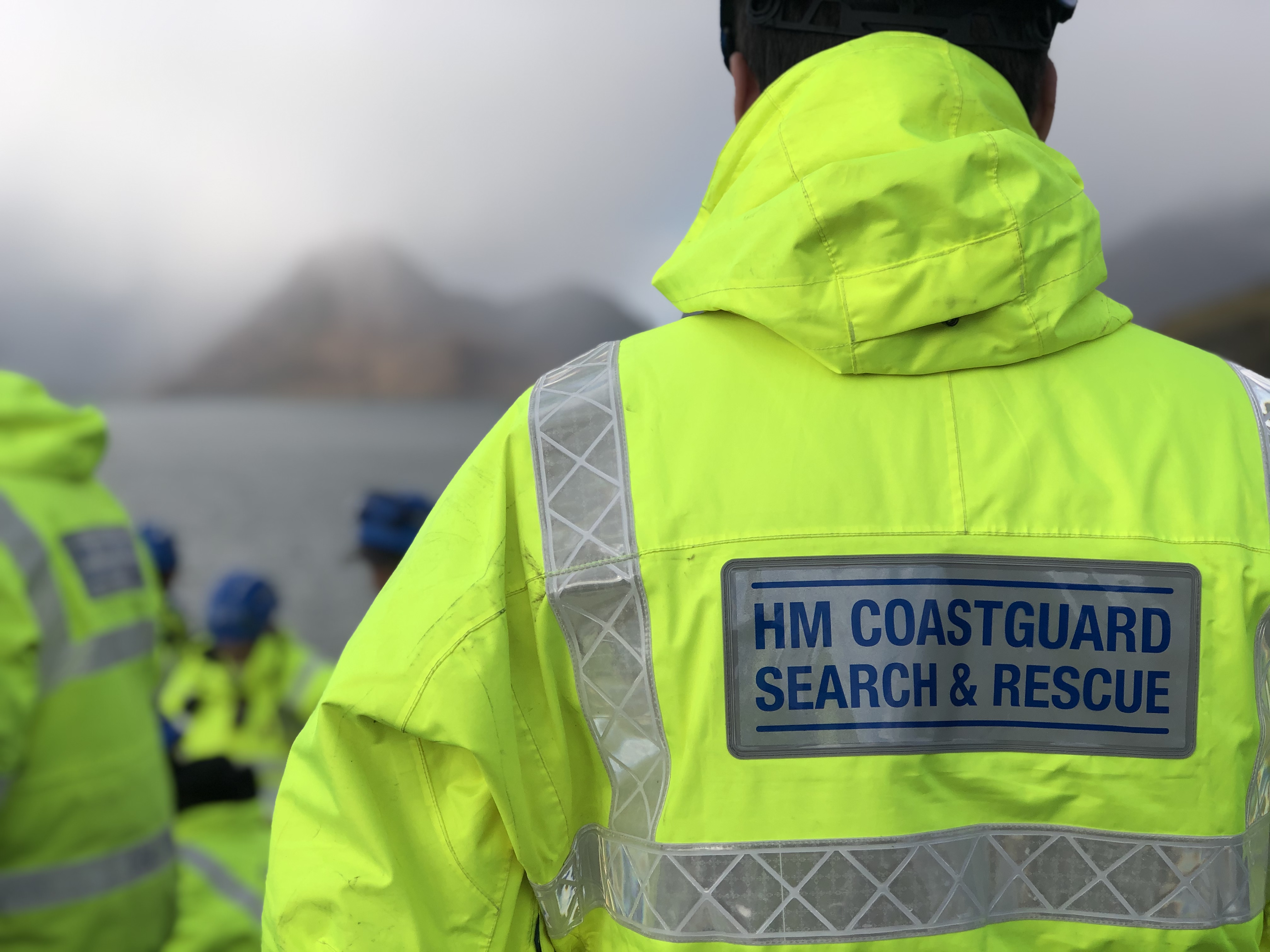|
HMS Tyrian
Five ships of the Royal Navy have borne the name HMS ''Tyrian'': * was a 10-gun brig-sloop launched in 1808 and sold in 1819. * was a 10-gun ''Cherokee''-class brig-sloop launched in 1826 that became a Post Office Packet Service packet, sailing out of Falmouth, Cornwall. She was used as a quarantine hulk from 1847, a coastguard depot ship from 1866, and was sold in 1892. * was a wooden screw gunboat A gunboat is a naval watercraft designed for the express purpose of carrying one or more guns to bombard coastal targets, as opposed to those military craft designed for naval warfare, or for ferrying troops or supplies. History Pre-ste ... launched in 1861, used as a tug from 1883 and was sold in 1891. * was an launched in 1919 and scrapped in 1930. * was a T-class destroyer launched in 1942. She was converted to a Type 16 frigate between 1951 and 1952, and was scrapped in 1965. {{DEFAULTSORT:Tyrian Royal Navy ship names ... [...More Info...] [...Related Items...] OR: [Wikipedia] [Google] [Baidu] |
Royal Navy
The Royal Navy (RN) is the United Kingdom's naval warfare force. Although warships were used by English and Scottish kings from the early medieval period, the first major maritime engagements were fought in the Hundred Years' War against France. The modern Royal Navy traces its origins to the early 16th century; the oldest of the UK's armed services, it is consequently known as the Senior Service. From the middle decades of the 17th century, and through the 18th century, the Royal Navy vied with the Dutch Navy and later with the French Navy for maritime supremacy. From the mid 18th century, it was the world's most powerful navy until the Second World War. The Royal Navy played a key part in establishing and defending the British Empire, and four Imperial fortress colonies and a string of imperial bases and coaling stations secured the Royal Navy's ability to assert naval superiority globally. Owing to this historical prominence, it is common, even among non-Britons, to ref ... [...More Info...] [...Related Items...] OR: [Wikipedia] [Google] [Baidu] |
Brig-sloop
In the 18th century and most of the 19th, a sloop-of-war in the Royal Navy was a warship with a single gun deck that carried up to eighteen guns. The rating system covered all vessels with 20 guns and above; thus, the term ''sloop-of-war'' encompassed all the unrated combat vessels, including the very small gun-brigs and cutters. In technical terms, even the more specialised bomb vessels and fireships were classed as sloops-of-war, and in practice these were employed in the sloop role when not carrying out their specialised functions. In World War I and World War II, the Royal Navy reused the term "sloop" for specialised convoy-defence vessels, including the of World War I and the highly successful of World War II, with anti-aircraft and anti-submarine capability. They performed similar duties to the American destroyer escort class ships, and also performed similar duties to the smaller corvettes of the Royal Navy. Rigging A sloop-of-war was quite different from a civilian ... [...More Info...] [...Related Items...] OR: [Wikipedia] [Google] [Baidu] |
Post Office Packet Service
The Post Office Packet Service dates to Tudor times and ran until 1823, when the Admiralty assumed control of the service. Originally, the Post Office used packet ships to carry mail packets to and from British embassies, colonies and outposts. The vessels generally also carried bullion, private goods and passengers. The ships were usually lightly armed and relied on speed for their security. However, Britain was at war almost continuously during the 18th and early 19th centuries with the result that packet ships did get involved in naval engagements with enemy warships and privateers, and were occasionally captured. Routes Atlantic and Mediterranean *North, Central and South America and the Caribbean Islands, *Spain, Portugal, Gibraltar, Italy, Greece (Corfu was a British Protectorate from 1815 to 1864), Egypt. Northern Europe Routes ran at various times from Dover in Kent and Harwich in Essex to Calais, the Hook of Holland and Heligoland. Ireland The usual packet route was f ... [...More Info...] [...Related Items...] OR: [Wikipedia] [Google] [Baidu] |
Packet Trade
Generally, packet trade is any regularly scheduled cargo, passenger and mail trade conducted by ship. The ships are called "packet boats" as their original function was to carry mail. A "packet ship" was originally a vessel employed to carry post office mail packets to and from British embassies, colonies and outposts. In sea transport, a packet service is a regular, scheduled service, carrying freight and passengers. The ships used for this service are called packet ships or packet boats. The seamen are called packetmen, and the business is called packet trade. "Packet" can mean a small parcel but, originally meant a parcel of important correspondence or valuable items, for urgent delivery.Oxford English Dictionary - ''Packet'': "A small pack, package, or parcel. In later use freq.: the container or wrapping in which goods are sold; packaging; a bag or envelope for packing something in. Also: the contents of a packet. In early use chiefly used of a parcel of letters or dispatche ... [...More Info...] [...Related Items...] OR: [Wikipedia] [Google] [Baidu] |
Falmouth, Cornwall
Falmouth ( ; kw, Aberfala) is a town, civil parish and port on the River Fal on the south coast of Cornwall, England, United Kingdom. It has a total resident population of 21,797 (2011 census). Etymology The name Falmouth is of English origin, a reference to the town's situation on the mouth of the River Fal. The Cornish language name, ' or ', is of identical meaning. It was at one time known as ''Pennycomequick'', an Anglicisation of the Celtic ''Pen-y-cwm-cuic'' "head of the creek"; this is the same as Pennycomequick, a district in Plymouth. History Early history In 1540, Henry VIII built Pendennis Castle in Falmouth to defend Carrick Roads. The main town of the district was then at Penryn. Sir John Killigrew created the town of Falmouth shortly after 1613. In the late 16th century, under threat from the Spanish Armada, the defences at Pendennis were strengthened by the building of angled ramparts. During the Civil War, Pendennis Castle was the second to las ... [...More Info...] [...Related Items...] OR: [Wikipedia] [Google] [Baidu] |
Lazarette
The lazarette (also spelled lazaret) of a boat is an area near or aft of the cockpit. The word is similar to and probably derived from lazaretto. A lazarette is usually a storage locker used for gear or equipment a sailor or boatswain would use around the decks on a sailing vessel. It is typically found below the weather deck in the stern of the vessel and is accessed through a cargo hatch (if accessed from the main deck) or a doorway (if accessed from below decks). The equipment usually stored in a lazarette would be spare lines, sails, sail repair, line and cable splicing repair equipment, fenders, bosun chair, spare blocks, tools, and other equipment. The name derives from the Biblical story of Saint Lazarus, who in Christian belief was raised from the dead out of the tomb by Jesus Jesus, likely from he, יֵשׁוּעַ, translit=Yēšūaʿ, label=Hebrew/Aramaic ( AD 30 or 33), also referred to as Jesus Christ or Jesus of Nazareth (among other names and t ... [...More Info...] [...Related Items...] OR: [Wikipedia] [Google] [Baidu] |
HM Coastguard
His Majesty's Coastguard (HMCG) is a section of the Maritime and Coastguard Agency responsible, through the Secretary of State for Transport to Parliament, for the initiation and co-ordination of all maritime search and rescue (SAR) within the UK Maritime Search and Rescue Region. This includes the mobilisation, organisation and tasking of adequate resources to respond to persons either in distress at sea, or to persons at risk of injury or death on the cliffs or shoreline of the United Kingdom. It is also responsible for land based search and rescue helicopter operations from 2015. The chief executive of the Maritime and Coastguard Agency is Brian Johnson. Operational control of the service is the responsibility of the Director of HM Coastguard, Claire Hughes. His Majesty's Coastguard is not a military force nor law enforcement agency, with coastal defence being the responsibility of the Royal Navy, law enforcement being the responsibility of the local territorial police for ... [...More Info...] [...Related Items...] OR: [Wikipedia] [Google] [Baidu] |



